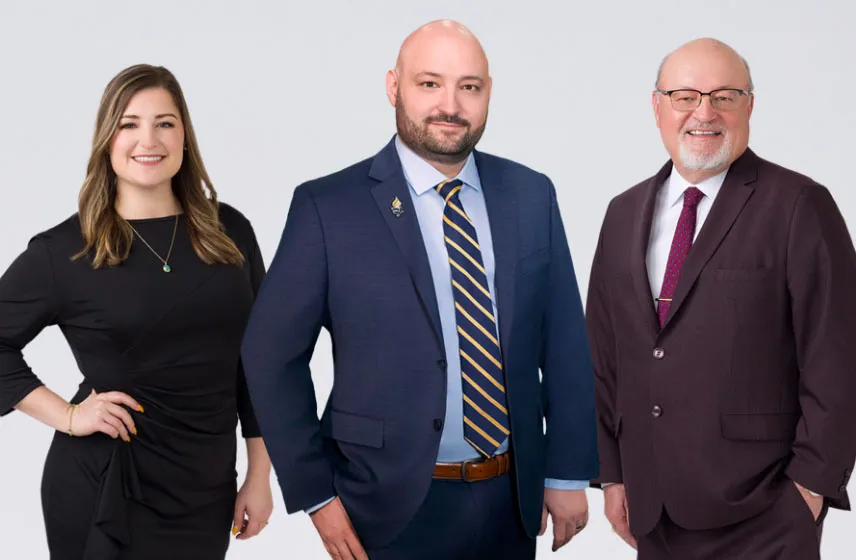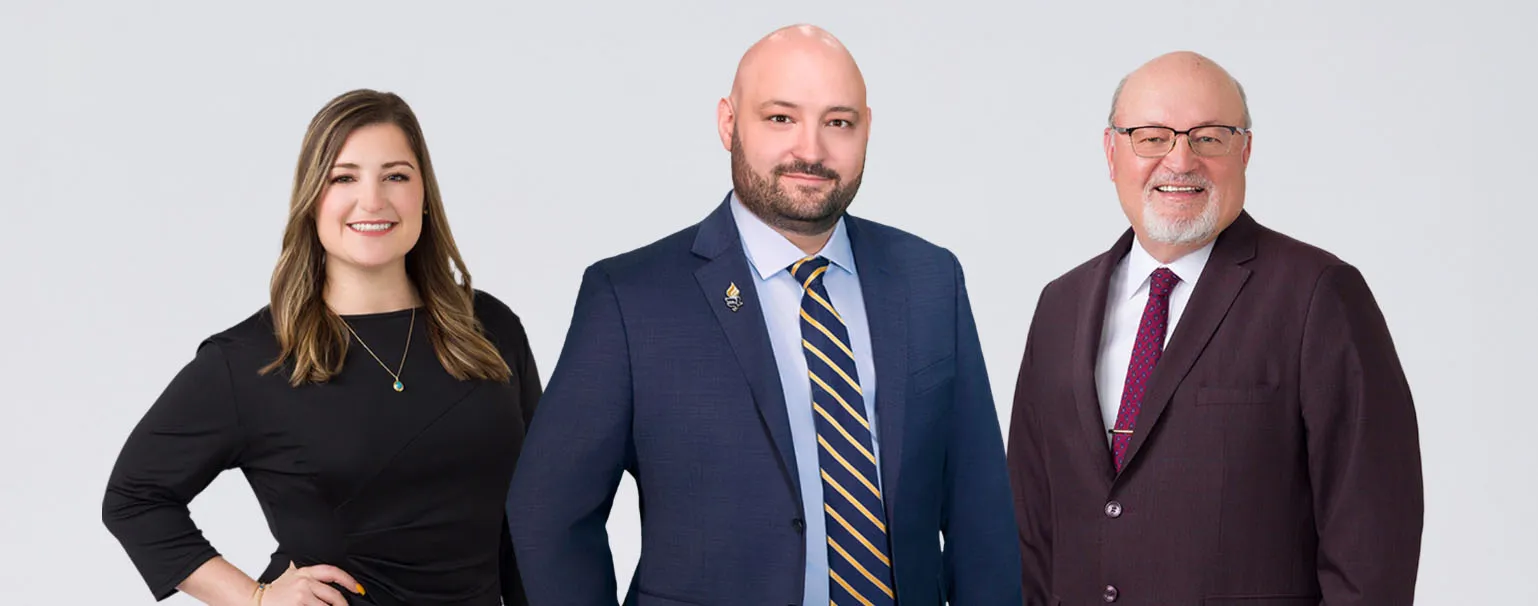
Some people are unfortunate to become involved in a car crash when out driving, and the situation could become quite complex if you own a leased car. But what happens if you total a leased car when it comes to insurance, payments, and repairs?
The Risks of Everyday Driving
If you’ve been driving on Nevada roads for some time, you must have noticed how busy they’ve become. Bumper-to-bumper traffic is an everyday occurrence, and it’s little wonder that there are so many car accidents on any given day.
According to the latest available data, Nevada is one of the top 10 states when it comes to the highest crash rates in the nation. More than 50,000 traffic crashes occur on state roads, and unsurprisingly, Clark County tops the list. No matter how careful you may be when you get behind the wheel, you can’t account for other drivers; sometimes, you’re just in the wrong place at the wrong time. It is always traumatic to be involved in any car crash, but complications can ensue when you do not own the vehicle outright.
What Is a Leased Car?
When you lease a car, you are effectively renting it for an agreed amount of time for a fixed fee. You will be responsible for the maintenance, servicing, and everyday operation of the vehicle. You may have to limit the amount of mileage you cover based on an individual contract. You may also have to make an upfront payment and budget for monthly debits to the leasing company, but the company will pay the retailer on your behalf, so you get the benefit of driving that new vehicle. When the lease term is up, you’ll typically return the car, although there may be options for you to purchase in some cases.
It’s crucial to understand how leasing works and, in particular, consider depreciation. This is the difference between the value of the vehicle when new and how much it is likely to be worth at the end of the lease. Leasing companies add interest and fees to make a profit from the transaction.
What Are the Pros and Cons of Leasing a Car?
Of course, there are many benefits associated with leasing a vehicle. Lease payments tend to be lower than if you sought financing from a bank or similar institution. You may need a smaller down payment than you would if you were purchasing with a loan, and the vehicle will be covered by a full manufacturer warranty. Above all else, you may be able to afford a brand-new car this way, and you won’t need to worry about selling the vehicle at the end of the lease period.
Still, you may end up paying more (in total) than you would if you purchased and held on to a given vehicle. You will need to consider all the fees and bear in mind that there could be penalties if you decide to sell before the end of the lease. Some leasing companies may even include a clause that makes it harder for you to move to a different state and take the car with you. Also, remember that you cannot modify the features of the vehicle without permission from the leasing company, or you may have to pay a hefty penalty in the end.
Who Is Responsible for Insuring a Leased Car?
You will be responsible for insuring the car. Typically, you will not be able to take possession of the vehicle from a dealership until you have the minimum required insurance in place. Each driver has to comply with the laws in their respective states. For example, Nevada insists that all drivers have minimum liability insurance coverage with $25,000 in bodily injury per person, $50,000 in bodily injury per accident, and $20,000 in property damage. This protects those who are liable in an accident and pays for injuries to property and other people.
Above that, you will need to protect the vehicle and the interests of the leasing company. This company will typically insist on fully comprehensive cover, including collision and potentially GAP insurance.
What Is GAP Insurance?
GAP insurance may cover the difference between the vehicle’s value after the accident and the amount you may still owe the lender. In other words, an insurance settlement may be less than your outstanding amount, and if you don’t have GAP insurance, you may be required to pay this out of pocket. It’s often worth having this for peace of mind knowing that you’ll be covered, no matter what. Some leasing companies may insist that you have it, while others may actually include a GAP insurance premium in the monthly lease repayment.
What Should You Do After an Accident?
Assuming that you have the insurance in place and got involved in an accident, you will need to take certain steps right away. Clearly, you’ll want to deal with any injuries first and foremost and call the first responders, but you should also call the police to document the details of the accident.
You should get the contact information of other motorists involved, as well as their insurance information. If there are any witnesses, collect their contact details and use your smartphone to take as many photographs of the scene as possible. This should include photographs of the damage to your car and any other vehicles involved and any “evidence” you feel may be appropriate to help show that the other driver was at fault, if applicable. Look around to see if there are any surveillance cameras in the area. Make a note of where they are and the property owner so you can get in touch with them to see if they can provide you with some footage.
Above all, make sure that the police give you a report so you can be sure that the accident has been reported. This may be particularly important when it comes to an insurance claim and dealing with the leasing company.
Who Pays for Repairs in This Situation?
This will depend on who is responsible for the accident. Nevada is an “at fault” state, so this means that you will need to contact the insurance company of the driver responsible for the incident. In many cases, the responsible driver’s insurance company will admit to liability and take steps to pay for the property damage to your vehicle. If they contest liability, you may need to get an experienced attorney on your side to help pursue the case. This expert will greatly increase your chance of getting the right compensation and also help you get the maximum value for your vehicle if it ends up being totaled.
How Do Insurance Companies Decide to Total a Car?
Ultimately, it will come down to the insurance company to decide whether to pay to repair the car or to write off the value, typically referred to as a “total.” When this company totals the car, the cost to repair it will exceed its recognized book value at the time of the crash.
It’s worth bearing in mind that certain states, Nevada included, have statutes in place to help determine what qualifies as a total loss. In Nevada, a car can be considered totaled if the estimated cost to repair it exceeds 65% of its value. Sometimes, insurers will decide to total a car if they think it would be unsafe to drive even after all the necessary repairs have been made.
Should the insurer decide to total the car, they’ll pay the actual cash value. This is meant to cover the value of the car as it was just before the incident but will take into account depreciation, which could affect your situation regarding your outstanding balance.
Remember that it is difficult for an insurance company to know how much it’ll cost to repair a crash-damaged vehicle before a comprehensive inspection. After all, the adjuster can only see parts of the vehicle, and some damage may not become apparent until the panels are removed in the repair shop. So, the repairer may file a supplement with the insurance company to take into account the additional damage.
Why Is It So Easy to Total a Car?
Many people wonder why it appears so easy for an insurance company to total a car following what doesn’t appear to be a huge accident. They’ll need to take into account the labor costs involved (which can quickly add up), as well as the materials.
Modern-day vehicles often feature innovative materials. While steel is still the primary metal, some manufacturers use composites to help with corrosion resistance and to improve weight, and some of these materials tend to cost more.
In addition, most cars and trucks today have to be designed in accordance with strict safety regulations and will feature “crumple zones,” which are areas of the vehicle that are specifically designed to crumple or deform in a collision. This will help to absorb some of the energy of a given impact so it is not transmitted through the frame to the occupants inside.
Crumple zones require advanced design and a variety of materials that will be able to absorb kinetic energy. Some vehicles feature a honeycomb design for this purpose — to absorb and redirect impact forces in a split second. Crumple zones can be found in the front and the rear of the vehicle, while the passengers are enclosed in a purpose-made safety cell designed to be especially rigid. Further, some major mechanical components are even designed to break away from the vehicle during a heavy crash. This may include the engine or gearbox to try and avoid the tendency for these heavy weights to be pushed back towards the passenger compartment.
What Happens if the At-Fault Driver’s Insurance Doesn’t Cover the Balance?
An at-fault driver is not responsible for paying the outstanding amount due to a leasing company. This will be your responsibility, and in the event of a total loss, you’ll have to clear the balance out of pocket or with the proceeds of an insurance payout. The insurance payout may not cover the outstanding dues, so it’s a good idea to have GAP insurance in place. This should cover the difference between the market value payout and the outstanding balance with the leasing company. Don’t forget that you may be able to pursue a claim against the at-fault driver for financial compensation, but this is something you should discuss with your attorney for further information.
What Happens if You’re at Fault?
Your insurance company will process the claim and pay for the vehicle repairs if you are at fault. If they decide to total the vehicle, they will give you the estimated fair market value, and again, you should consider GAP insurance to cover any difference. You may be able to discuss an alternative with the leasing company, as some may allow you to add any outstanding amount due onto the cost of a new lease.
Can You Simply Return the Leased Car After an Accident?
Usually, the lease contract will take into account the general wear and tear over the life of the agreement. This should include small dents and scratches but not much more, so you will be responsible for the cost of any other damages. This means that you can’t simply return the leased car after a crash and expect the company to cover its repair costs.
Getting Help With Your Case
If you run into trouble following an accident like this and cannot get an insurance company to help, you should certainly get in touch with an experienced attorney. Bay Law Injury Attorneys works on a contingency fee basis, so you have no upfront cost when you engage. Get in touch with one of our friendly representatives today so that you can schedule a free consultation. And remember that when it comes to discussing an insurance claim following an accident with a leased car, it’s Better with Bay.




